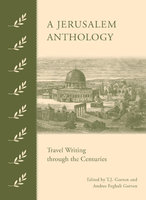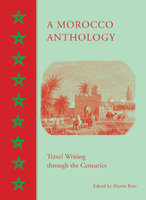New, Quality Gift Books - 50-90% off - over 2500 titles
Your basket is empty.
Categories Last Chance to buy! FANTASY ART BIBLE
FANTASY ART BIBLE
Book number: 94757
Product format: Hardback
In stock
Bibliophile price
£5.00
Published price
£14.99
Customers who bought this product also bought
|
SINGLE QUILL PEN IN A BOX PEACOCK DESIGN
Book number: 94682
Product format: Unknown
Bibliophile price
£9.99
|
TUDOR & JACOBEAN PORTRAITS: National Portrait Gallery
Book number: 95433
Product format: Paperback
Bibliophile price
£5.00
Published price
£12.95
|
PANIC YE NOT: A Survival Guide to the Middle Ages
Book number: 95332
Product format: Hardback
Bibliophile price
£4.00
Published price
£7.99
|
|
WALT DISNEY MASTERS VOL. 4: DONALD DUCK:
Book number: 94949
Product format: Hardback
Bibliophile price
£14.50
Published price
$29.99
|
JERUSALEM ANTHOLOGY Travel Writing Through the Centuries
Book number: 94877
Product format: Hardback
Bibliophile price
£4.75
Published price
£11.99
|
MOROCCO ANTHOLOGY: Travel Writing Through the Centuries
Book number: 94880
Product format: Hardback
Bibliophile price
£5.00
Published price
£11.99
|
Browse these categories as well: Last Chance to buy!, Science Fiction/Fantasy, Art & Architecture, Hobbies










